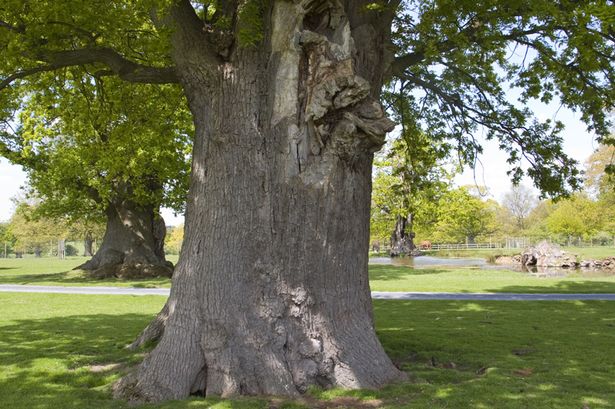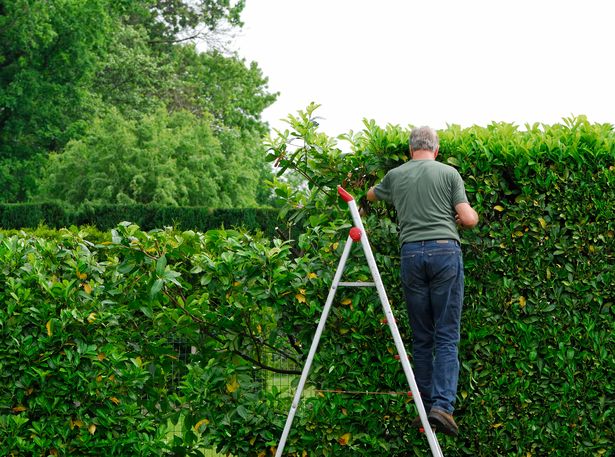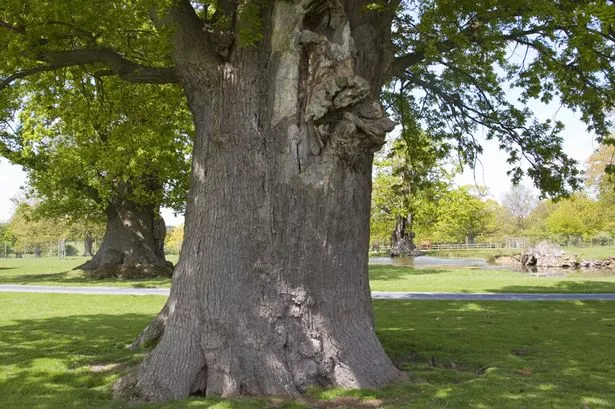While trees can make a fantastic addition to any home, a gardening expert has cautioned over planting these popular specimens as they can cause major issues in your garden
02:30, 09 Aug 2025

One of the best ways to add elegance and charm to your garden is by planting trees – however a gardening expert has revealed five trees that are best avoided.
Trees are a fantastic addition to any outdoor space. Not only do they add height and dynamism to your garden’s topography, they are also excellent oxygen-producers, freshening your air and absorbing carbon dioxide. Plus, they make a welcome home for all kinds of critters, like birds, squirrels and pine martins.
However, it’s important to be careful about which kinds of trees you plant. Some varieties have aggressive root systems which can damage your home and other infrastructure. For this reason, horticultural therapist Edward Bowring, writing for Home and Gardens, has warned against planting these five trees, which can cause problems in your garden.
READ MORE: Nationwide rule change warning for thousands of customers during AugustREAD MORE: Households warned over common garden decoration that could land you in trouble

READ MORE: Gardeners warned over ‘essential’ job for August to get garden looking good
Black walnut
Also native to North America, the black walnut tree can grow to an impressive 100 feet and produces black walnuts which can be harvested in late September and October.
Unfortunately, there are some downsides to growing this regal tree. Edward says that the tree must be regularly pruned in order to keep it productive and maintain its shape. It also bleeds sap when cut.
Plus, he adds that the tree produces a chemical called juglone, which is toxic to many plants. It is found in the tree’s foliage, fruits and roots and can hinder the growth of other plants.
Staghorn sumac
Native to North America, this small tree is prized for its rusty autumnal colours. It also makes a great habitat for birds and different kinds of pollinators, which further boost your garden.
However, Edward cautions that this tree “has a suckering habit”, which means that it produces offshoots from its main trunk that can become quite dense. He also warns that if left unmanaged, its fast growth can outcompete other plants in your garden.
Cherry laurel
With its dark green leaves and thick fast-growing foliage, cherry laurels are popular choices for creating screens in gardens. They also produce charming white flowers in the spring.
But according to Edward, this is “a hedge to avoid”, in part due to its potential to cast shade over and displace other plants. Equally, it is also toxic to pets and humans.
Weeping willow
This gorgeous tree has distinctive hanging branches and offers ample shade, particularly in the height of summer, and is great at tolerating waterlogged soil. Unfortunately, it may be best avoided in the garden.
Edward warns “to avoid planting [it] close to a house” due to its fast-growing and moisture-seeking root system, which can damage underground pipes.
English oak
Known to grow up to 130 feet tall, the English oak is truly a majestic specimen that makes an impressive addition to a garden. But Edward says that you need to set aside time to clear away the acorns, leaves and branches that fall from it.
He also cautions that it features an extensive root system which has “the potential to damage sidewalks, driveways and even foundations”, which makes it a risky choice to plant near your home.









